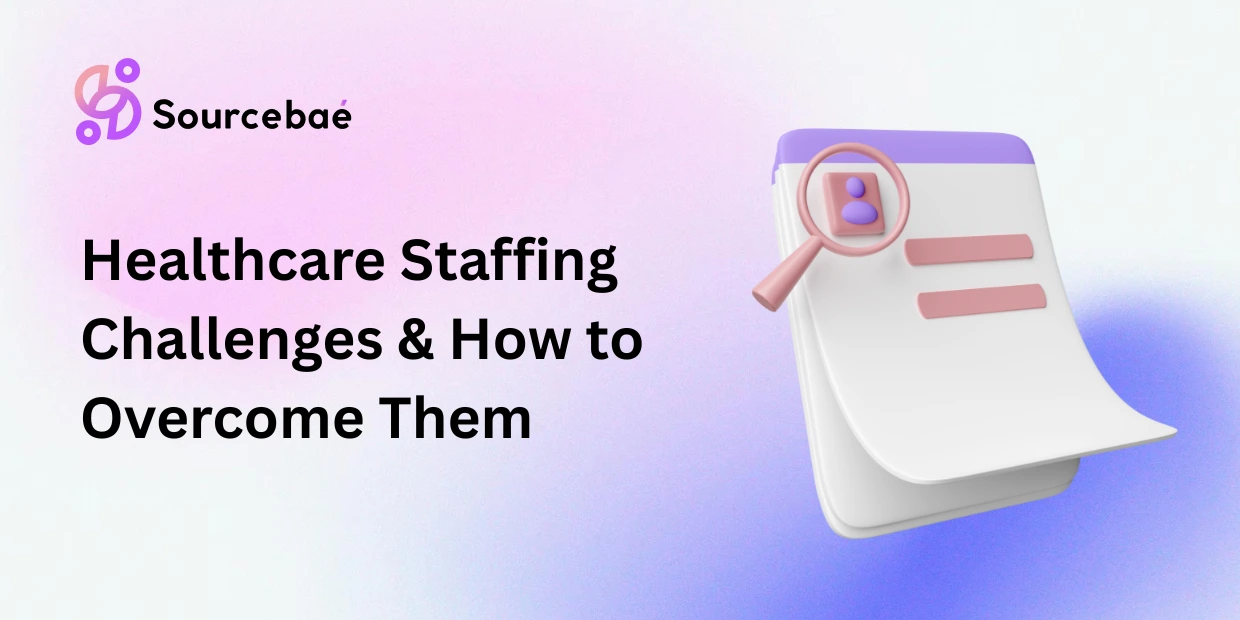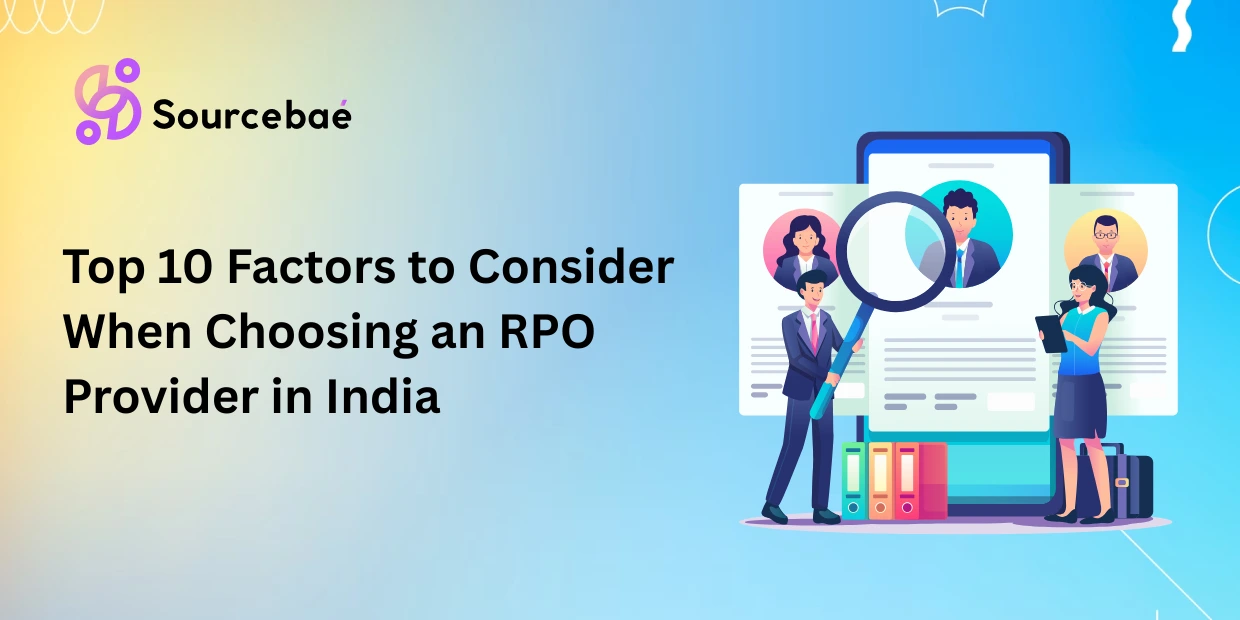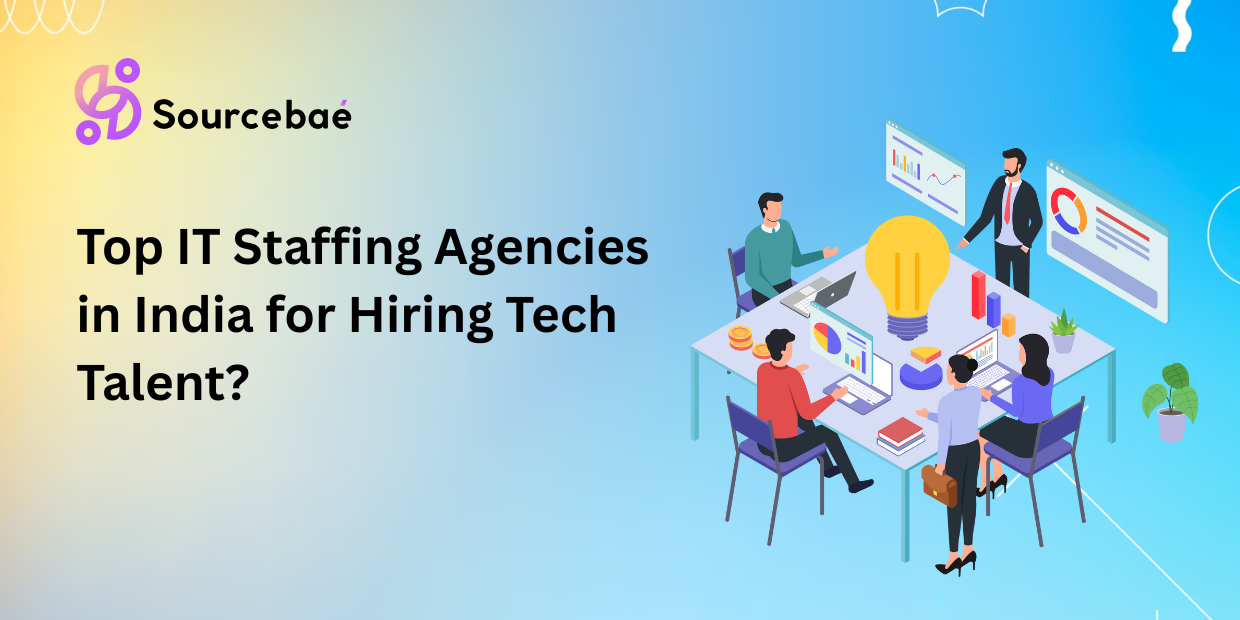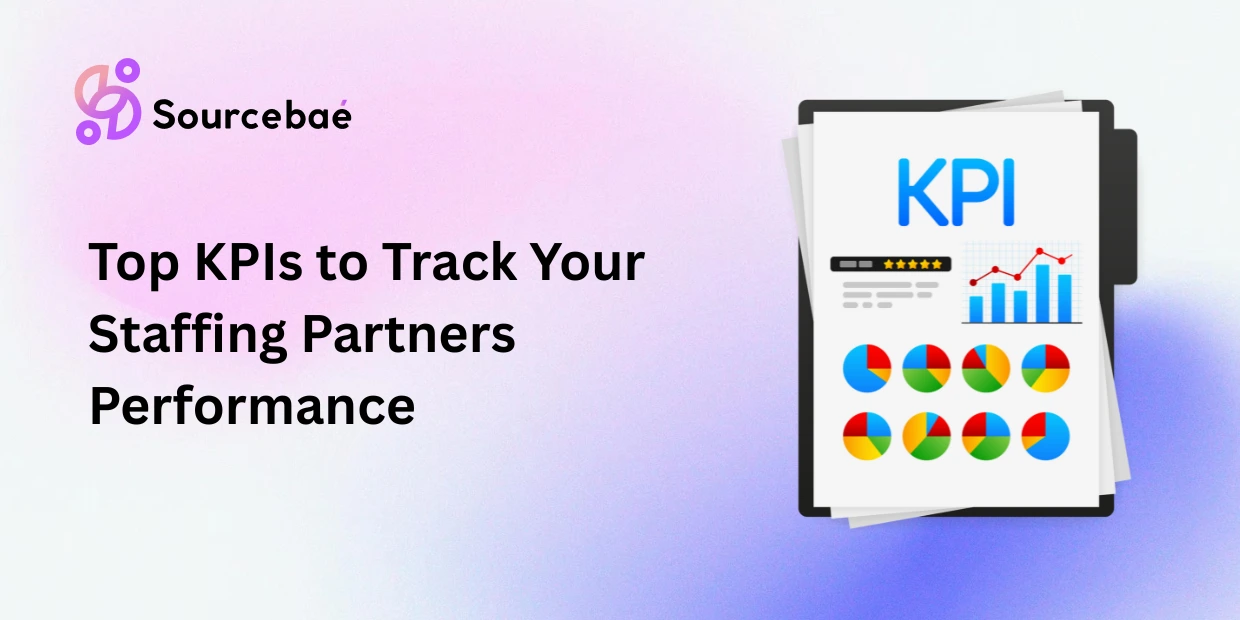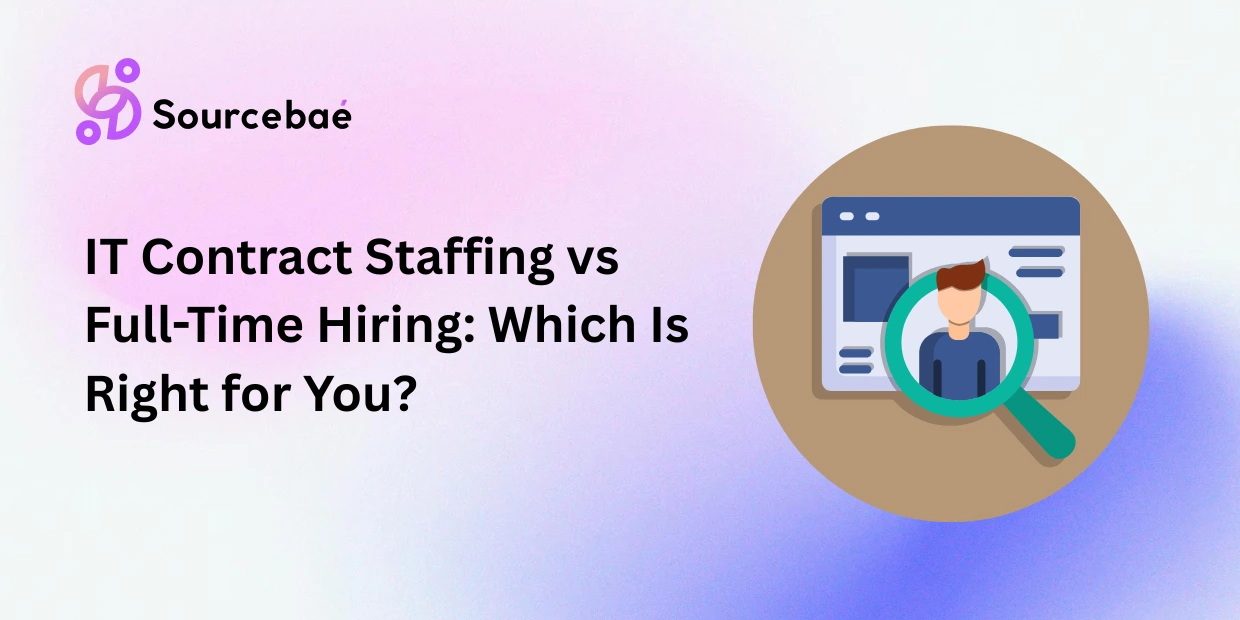The healthcare industry is facing an unprecedented workforce crisis that threatens the very foundation of patient care delivery. With the World Health Organization projecting a global shortage of 11 million health workers by 20301, healthcare organizations worldwide are grappling with critical staffing shortages that impact everything from patient outcomes to operational sustainability. This comprehensive guide explores the multifaceted Healthcare Staffing Challenges and provides actionable strategies to build resilient, future-ready healthcare teams.
Understanding the Scope of Healthcare Staffing Challenges
The Numbers Tell a Stark Story
The healthcare staffing crisis extends far beyond simple vacancy rates. In the United States alone, 177,400 additional registered nurses will be needed by 20322, while the Association of American Medical Colleges projects a shortage of 86,000 physicians by 20363. These numbers represent not just statistical data points, but real gaps in care that affect millions of patients daily.
The nursing workforce, which comprises over 50% of the healthcare workforce, has experienced significant volatility in recent years4. While turnover rates have improved from their 2021 peak of 27.1% to 18.4% in 20232, nearly 48% of hospitals still report RN vacancy rates exceeding 10%2. The financial impact is equally staggering, with the average cost to replace a single registered nurse ranging from $40,300 to $64,0005.
Geographic Disparities Intensify the Crisis
Rural healthcare facilities face particularly acute challenges. Despite 20% of the U.S. population living in rural areas, only 10% of physicians practice in these settings3. This geographic maldistribution creates care deserts where patients must travel hundreds of miles for specialized treatment, often resulting in delayed care and poorer health outcomes.
Rural hospitals are especially vulnerable, with more than 700 rural hospitals at risk of closing in the coming years6. The combination of limited resources, smaller patient volumes, and recruitment difficulties creates a perfect storm of financial instability that threatens entire communities’ access to healthcare services.
Key Factors Driving the Healthcare Workforce Crisis
The Perfect Storm of Challenges
Several interconnected factors have created the current staffing crisis:
Demographic Shifts: The aging baby boomer population is driving unprecedented demand for healthcare services. By 2030, 73 million Americans (21% of the population) will be 65 or older7, requiring more intensive and frequent medical care. Simultaneously, many experienced healthcare professionals are nearing retirement, with over one million U.S. RNs expected to retire by 20307.
Educational Pipeline Constraints: Despite growing demand, healthcare education programs face significant capacity limitations. Nursing schools struggle with faculty shortages, limited clinical placement sites, and insufficient funding to expand enrollment. The lack of nursing educators particularly constrains the pipeline, as experienced nurses often choose higher-paying clinical roles over teaching positions8.
Burnout and Workplace Stress: The COVID-19 pandemic accelerated existing burnout trends, with nearly 50% of healthcare professionals reporting burnout symptoms9. Factors contributing to burnout include excessive workloads, administrative burden, workplace violence, and moral distress from being unable to provide optimal care due to resource constraints.
Financial Pressures: The high cost of healthcare education, often resulting in significant student loan debt, creates barriers to entry for many potential healthcare workers. Additionally, administrative tasks consume an increasing portion of providers’ time, reducing job satisfaction and contributing to turnover10.
Technology Solutions Transforming Healthcare Recruitment
Artificial Intelligence and Automation
Modern healthcare organizations are leveraging advanced technologies to streamline recruitment processes and improve workforce management. AI-powered candidate matching systems can analyze resumes and job requirements to identify the best-fit candidates, reducing screening time by up to 75%11.
Automated credential verification systems are revolutionizing the traditionally cumbersome process of verifying licenses, certifications, and background checks. These platforms can cross-reference multiple databases in real-time, significantly reducing time-to-hire from an average of 62-112 days to 59-109 days depending on specialty2.
Predictive Analytics for Workforce Planning
Healthcare organizations are increasingly using predictive staffing models that analyze historical data, patient volume trends, and seasonal variations to forecast future staffing needs12. These systems can predict potential shortages weeks or months in advance, allowing proactive recruitment rather than reactive crisis management.
Advanced analytics platforms also help identify employees at risk of turnover by analyzing factors such as work patterns, job satisfaction scores, and career progression indicators. This enables targeted retention interventions before valuable staff members decide to leave.
Digital Engagement Platforms
Modern recruitment leverages mobile-first platforms and chatbots to engage candidates throughout the hiring process. These tools provide 24/7 availability for candidate inquiries, automated interview scheduling, and personalized communication that improves the overall candidate experience12.
On-demand staffing platforms have gained significant traction, with 98% of healthcare executives either using or exploring these tools13. These apps enable facilities to post open shifts in real-time, allowing healthcare professionals to claim assignments instantly based on their availability and preferences.
Strategic Workforce Development and Training Programs
Building Tomorrow’s Healthcare Workforce
Effective workforce development requires a comprehensive approach that addresses both immediate staffing needs and long-term capacity building. Accelerated nursing programs and direct-entry master’s programs help address the pipeline shortage by providing faster pathways to licensure for career changers and college graduates14.
Skills-based hiring approaches are gaining momentum, focusing on competencies rather than traditional credential requirements. This strategy can help organizations tap into non-traditional talent pools and provide career advancement opportunities for existing staff members15.
Mentorship and Leadership Development
Strong mentorship programs are crucial for retention, particularly during the critical first 45 days of employment when 20% of voluntary turnover occurs16. Effective mentorship programs pair new hires with experienced professionals, providing both technical guidance and emotional support during the transition period.
Leadership development programs help prepare the next generation of healthcare leaders while providing career advancement opportunities that improve retention. Organizations that invest in leadership development often see 20% higher retention rates16 among participants.
Continuing Education and Professional Growth
Healthcare professionals consistently cite professional development opportunities as a key factor in job satisfaction and retention decisions. 59% of surveyed nurses indicated that professional development opportunities influence their decision to stay with an organization17.
Providing access to continuing education, certification support, and conference attendance not only improves clinical competence but also demonstrates organizational investment in employee growth, fostering loyalty and engagement.
Addressing Rural Healthcare Staffing Challenges
Unique Rural Challenges
Rural healthcare facilities face distinctive challenges that require targeted solutions. Geographic isolation, limited resources, and smaller patient volumes make recruitment particularly difficult. Healthcare professionals may be hesitant to relocate to rural areas due to concerns about professional development opportunities, social amenities, and family considerations18.
Financial incentives play a crucial role in rural recruitment. Successful strategies include loan forgiveness programs, housing assistance, and competitive salary packages that account for the lower cost of living in rural areas18. The National Health Service Corps and similar programs provide loan repayment in exchange for service commitments in underserved areas.
Telemedicine as a Workforce Multiplier
Telemedicine represents a critical strategy for extending the reach of existing healthcare professionals to rural and underserved areas19. Virtual care platforms can enable specialists based in urban centers to provide consultations to rural patients, effectively multiplying the impact of scarce specialist resources.
Telemedicine also supports rural healthcare workers by providing access to continuing education, peer consultation, and mentorship opportunities that might otherwise be unavailable due to geographic constraints20. This connectivity helps reduce professional isolation and improves job satisfaction among rural providers.
Hub-and-Spoke Models
Innovative staffing models that connect rural facilities with larger health systems can provide sustainable solutions. These partnerships can offer rural providers access to shared resources, specialized expertise, and career development opportunities while maintaining local care delivery21.
International Recruitment as a Strategic Solution
Expanding the Global Talent Pool
International recruitment has become an increasingly important strategy for addressing healthcare workforce shortages. Countries like the Philippines, Ireland, and Canada have become significant sources of healthcare professionals for U.S. healthcare systems22.
Successful international recruitment programs provide comprehensive support including visa processing, credential verification, cultural orientation, and ongoing integration support22. Organizations that invest in robust international recruitment programs often achieve retention rates exceeding 90%23 due to the comprehensive support provided to international hires.
Ethical Considerations and Best Practices
Ethical international recruitment requires adherence to codes of practice that prevent the depletion of healthcare workforces in source countries. The World Health Organization’s Global Code of Practice provides guidelines for responsible international recruitment that benefits both source and destination countries23.
Successful programs focus on creating sustainable pipelines rather than one-time recruitment efforts, often including partnerships with educational institutions in source countries to support ongoing workforce development.
Best Practices for Employee Retention and Engagement
Creating Positive Work Environments
Workplace culture significantly impacts retention decisions, with healthcare professionals increasingly prioritizing psychological safety, respect, and work-life balance. Organizations that foster healthy work environments see significantly lower turnover rates and higher job satisfaction scores24.
Key elements of positive workplace cultures include:
- Open communication channels between staff and leadership
- Shared governance models that empower frontline staff to participate in decision-making
- Recognition and appreciation programs that acknowledge both individual and team contributions
- Flexibility in scheduling to support work-life balance
Compensation and Benefits Strategy
While competitive salaries remain important, healthcare professionals increasingly value comprehensive benefits packages that address their holistic needs. Successful retention strategies include:
- Professional development funding and paid time off for continuing education
- Health and wellness programs that address the physical and mental health needs of healthcare workers
- Retirement planning support and robust pension contributions
- Family-friendly policies including childcare assistance and flexible scheduling
Career Advancement Pathways
Clear career progression opportunities are essential for retaining ambitious healthcare professionals. Organizations should develop clinical and administrative career ladders that provide advancement opportunities without requiring individuals to leave patient care entirely.
Tuition reimbursement programs and internal promotion policies demonstrate organizational commitment to employee growth and can significantly improve retention rates among high-performing staff members.
The Role of Leadership in Workforce Management
Transformational Leadership in Healthcare
Effective healthcare leadership requires a unique blend of clinical expertise, business acumen, and emotional intelligence. Transformational leaders who inspire and motivate their teams through shared vision and purpose often achieve better retention and engagement outcomes25.
Leadership development should focus on building competencies in:
- Change management to navigate the rapidly evolving healthcare environment
- Communication skills to facilitate effective team collaboration
- Conflict resolution to address workplace tensions constructively
- Strategic thinking to align workforce planning with organizational goals
Data-Driven Decision Making
Modern healthcare leaders must leverage workforce analytics to make informed staffing decisions. Key metrics include turnover rates by department, time-to-fill for various positions, employee satisfaction scores, and exit interview data26.
Predictive analytics can help leaders anticipate staffing challenges and implement proactive solutions rather than reactive crisis management. This approach enables more strategic workforce planning and resource allocation.
Future-Proofing Healthcare Staffing Strategies
Embracing Innovation and Flexibility
The healthcare industry must continue evolving its approach to workforce management to address ongoing challenges. Flexible staffing models that combine permanent staff with per diem and travel professionals can provide the agility needed to manage fluctuating demand13.
Artificial intelligence and automation will continue transforming both clinical care delivery and workforce management processes. Organizations that embrace these technologies while maintaining focus on human-centered care delivery will be best positioned for future success27.
Building Resilient Organizations
Resilient healthcare organizations develop multiple strategies for addressing workforce challenges rather than relying on single solutions. This includes diversifying recruitment sources, investing in employee development, leveraging technology, and building strong partnerships with educational institutions and staffing agencies.
Continuous improvement processes that regularly assess and refine workforce strategies ensure organizations remain responsive to changing conditions and emerging challenges28.
Building Resilient Healthcare Teams for Tomorrow
The healthcare staffing crisis requires comprehensive, multi-faceted solutions that address both immediate needs and long-term sustainability. Success depends on combining traditional recruitment and retention strategies with innovative approaches that leverage technology, expand talent pipelines, and create engaging work environments.
Organizations that invest in comprehensive workforce strategies—including competitive compensation, professional development, positive workplace cultures, and strategic use of technology—will be best positioned to attract and retain the healthcare professionals needed to deliver quality patient care. The challenge is significant, but with committed leadership, strategic planning, and innovative approaches, healthcare organizations can build resilient teams capable of meeting the healthcare needs of their communities.
The path forward requires collaboration among healthcare organizations, educational institutions, policymakers, and technology providers to create sustainable solutions that ensure adequate healthcare workforce capacity for current and future generations. By implementing the strategies outlined in this guide, healthcare leaders can take meaningful steps toward addressing one of the most critical challenges facing the industry today.

